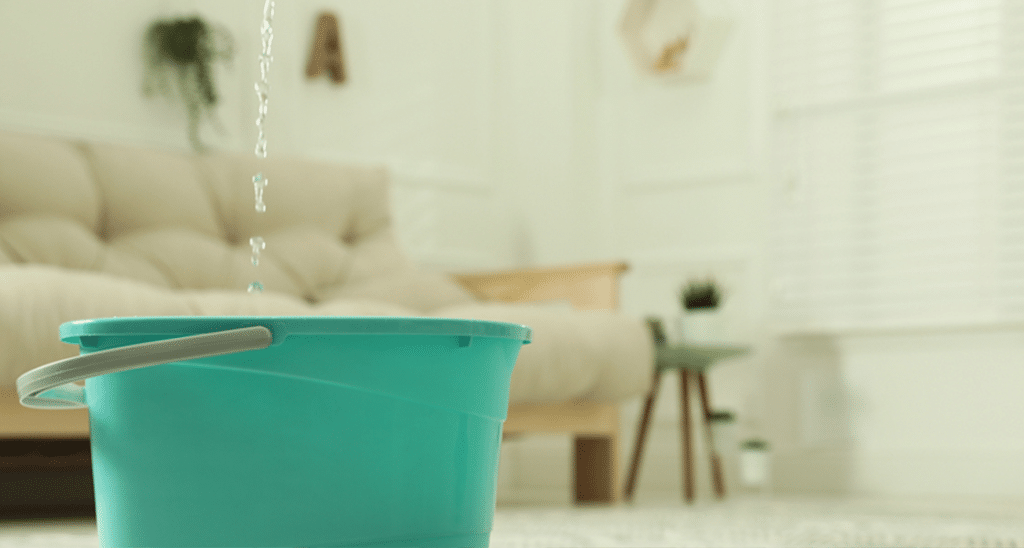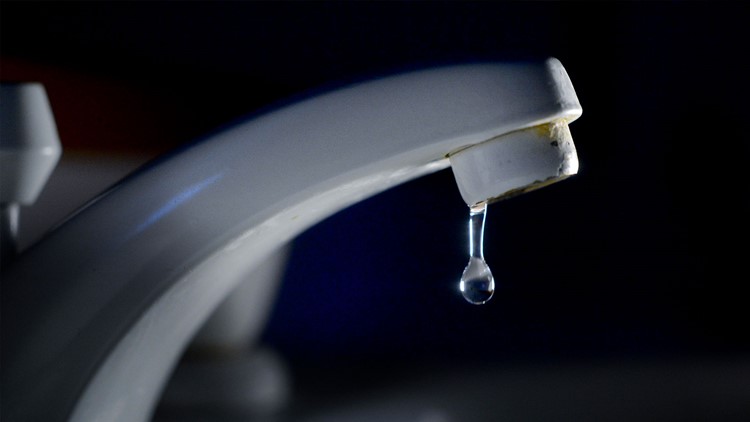Results of a Damaged Faucet
Results of a Damaged Faucet
Blog Article
What're your ideas concerning How to Fix a Leaky Faucet?

Intro
A leaking faucet might feel like a small inconvenience, but its repercussions prolong much past the occasional drip. Recognizing the impacts of a leaking tap is crucial for both home owners and the environment. In this post, we'll discover the various impacts of this typical home issue and why addressing it promptly is important.
Reasons For Leaky Faucets
Leaky faucets can result from a selection of elements, including damage, high water pressure, and corrosion. Gradually, the continuous use faucets can lead to worn-out seals and gaskets, creating leakages to create. In addition, extreme water stress can put stress on plumbing fixtures, causing leaks. Corrosion and corrosion can additionally damage tap elements, making them prone to leak.
Water Wastage
Among the most considerable consequences of a leaky faucet is water wastage. Also a little drip can amount to gallons of drainage over time. This not only increases water bills but likewise adds to water shortage and environmental destruction. Addressing leaking taps promptly is critical for conserving this precious resource and decreasing its impact on the earth.
Financial Influence
Along with drainage, leaking faucets can also have a significant monetary impact. Enhanced water expenses are a direct effect of water wastage, setting you back property owners hundreds of bucks every year. Additionally, the expense of repairing water damages brought on by leakages can be significant, specifically if left unattended for a prolonged duration.
Ecological Impact
The ecological effect of leaky taps prolongs beyond water waste. By saving water, home owners can contribute to more comprehensive efforts to minimize water deficiency and safeguard all-natural ecosystems. Sustainable choices such as rain harvesting and water-efficient components can further decrease the environmental footprint of home water use.
Technological Solutions
Developments in technology have led to the development of smart taps and water-saving gadgets that help decrease water waste. Smart faucets utilize sensors to spot movement and readjust water circulation as necessary, lowering waste without compromising benefit. Water-saving tools such as aerators and low-flow showerheads are additionally efficient in preserving water without endangering efficiency.
Worldwide Viewpoints
While leaky faucets might look like a local problem, they contribute to more comprehensive global obstacles such as water shortage and environment modification. In regions already encountering water anxiety, every decline counts, making leakage avoidance and repair work necessary. By taking on water-saving practices and investing in sustainable modern technologies, home owners can play their part in attending to these pressing international concerns.
Regulatory Measures
Federal government policies play a crucial function in alleviating the effect of leaky faucets and advertising water conservation. From building codes that need water-efficient fixtures to water-saving rewards and discounts, policymakers have a series of tools at their disposal. By carrying out and imposing these guidelines, federal governments can make sure that home owners prioritize water preservation in their lives.
Area Effect
Addressing dripping taps needs cumulative efforts at the neighborhood level. By elevating awareness regarding the significance of water preservation and supplying resources for leakage discovery and repair work, neighborhood authorities can empower house owners to take action. Efforts such as water-saving discount programs and leak discovery projects can incentivize actions change and promote responsible water use.
Instance Researches
Real-life examples of the influence of dripping taps highlight the importance of proactive upkeep and timely repair services. From water damages to increasing water costs, the repercussions of neglecting leaks can be severe. By sharing these case studies, property owners can better recognize the relevance of attending to leaky taps quickly.
Educational Campaigns
Educational campaigns play an important duty in increasing awareness regarding the impacts of dripping faucets and promoting water preservation techniques. With workshops, seminars, and on-line resources, homeowners can learn how to find and fix leakages themselves. By equipping people with knowledge and tools, educational campaigns can cultivate a society of accountable water usage within areas.
Health Issues
Leaking taps can create favorable atmospheres for mold and mildew and mold development, posing wellness risks to residents. The existence of mold and mildew can worsen respiratory system problems and allergies, particularly in at risk people. Furthermore, water damage resulting from leakages can jeopardize the structural integrity of buildings and lead to pricey fixings.
Do it yourself vs. Professional Fixing
When confronted with a leaking tap, homeowners commonly discuss whether to try repair work themselves or work with a professional plumber. While DIY fixings can save money, they may not always resolve the underlying problem effectively. Specialist plumbings have the expertise and equipment to identify and take care of leakages appropriately, making certain long-term options and peace of mind for property owners.
Safety nets
Protecting against dripping taps requires regular upkeep and proactive steps. Simple tasks such as changing damaged washers and seals can prevent leaks from developing. In addition, upgrading to top quality components and reducing water stress can help prolong the lifespan of taps and decrease the threat of leakages.
Final thought
To conclude, the effects of a leaky tap expand far beyond the periodic drip. From water waste and enhanced water bills to wellness problems and environmental influence, the repercussions of disregarding leakages can be substantial. By resolving leaking taps quickly and adopting water-saving techniques, house owners can reduce these results and contribute to an extra sustainable future.
Causes and Consequences of a Leaky Faucet
Although it’s a relatively common issue, many people don’t know what causes a leaky faucet. Additionally, few homeowners are familiar with the consequences of leaky taps, causing them to ignore the problem. However, much of the damage caused by leaky faucets can be prevented by reacting swiftly.
In this article, we’ll provide a better understanding of leaky faucets by listing their causes and consequences.
What causes a leaky faucet?
Many internal pieces of the faucet responsible for turning the water on and off can break. Consequently, they can’t function correctly and will give rise to leaks. Here are a few common causes of leaks:
Loose washers
The washer opens and closes when turning the faucet on and off. This movement produces friction, causing wear and tear. Over time, the washer gets worn out and won’t fit closely to the valve seat, leading to a leak.
Worn out O-rings
O-rings seal gaps between the internal parts of the faucet. If they fail, water can seep through these gaps and result in a leaky faucet.
Poor seals
Many faucets have inlet seals that let water freely flow when turning the faucet on and stop when it is turned off. If there’s too much sediment or water pressure, the seals can suffer damage and cause the faucet to leak.
Corroded valve seat
The valve seat sits at the bottom of the faucet’s mechanism. It plays a part in turning the tap on and off, and it can corrode due to repeated usage. If so, water will be dripping around the handle area.
Worn out faucet cartridge
Single-handle faucets have a faucet cartridge that helps control the water flow. Due to normal wear and tear, the cartridge can start leaking.
What are the consequences of a leaky faucet?
High water bills – Dripping faucets can lead to much higher water bills due to the amount of water wasted. In particular, as much as 17 gallons of water can be wasted during a single day if a faucet has about one drip per second. Mold and rot – Mold can develop in any moist area, making the area around leaky faucets an ideal breeding ground. Also, any wooden elements affected by the leak can eventually rot. Overflows and drain clogs – If the leak persists for a while, it can cause a lot of stress on the plumbing system and lead to overflows and drain clogs. Water stains – Minerals accumulating in the sink due to a leaky faucet can be quite tricky to remove. In the worst-case scenario, you might need to buy a new sink. https://www.jimmyjoesplumbing.com/blog/causes-and-consequences-of-a-leaky-faucet

I hope you enjoyed reading our topic about How to Fix a Leaky Faucet. Thanks for taking a few minutes to read our post. Sharing is nice. Helping people is fun. Thanks so much for your time invested reading it.
Report this page